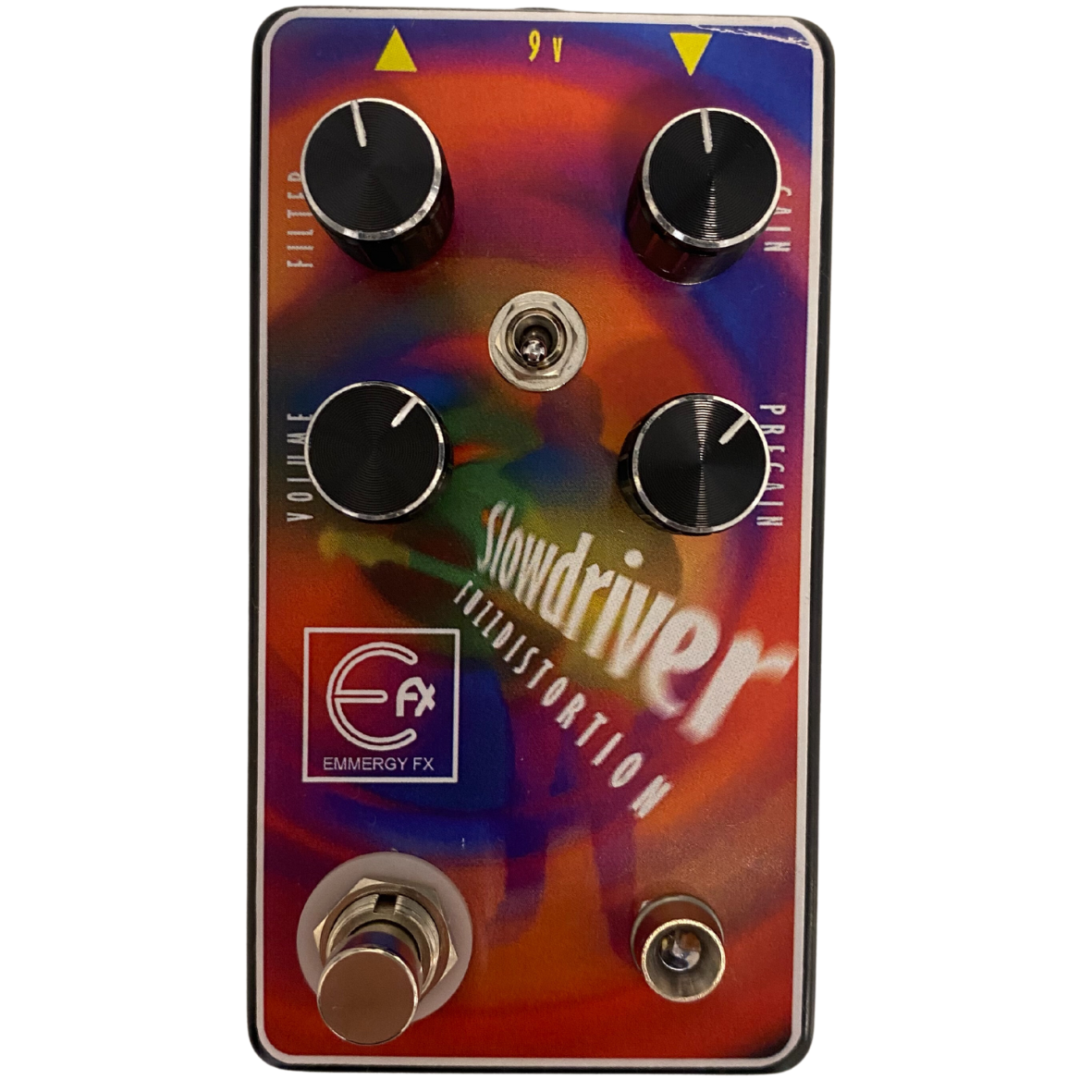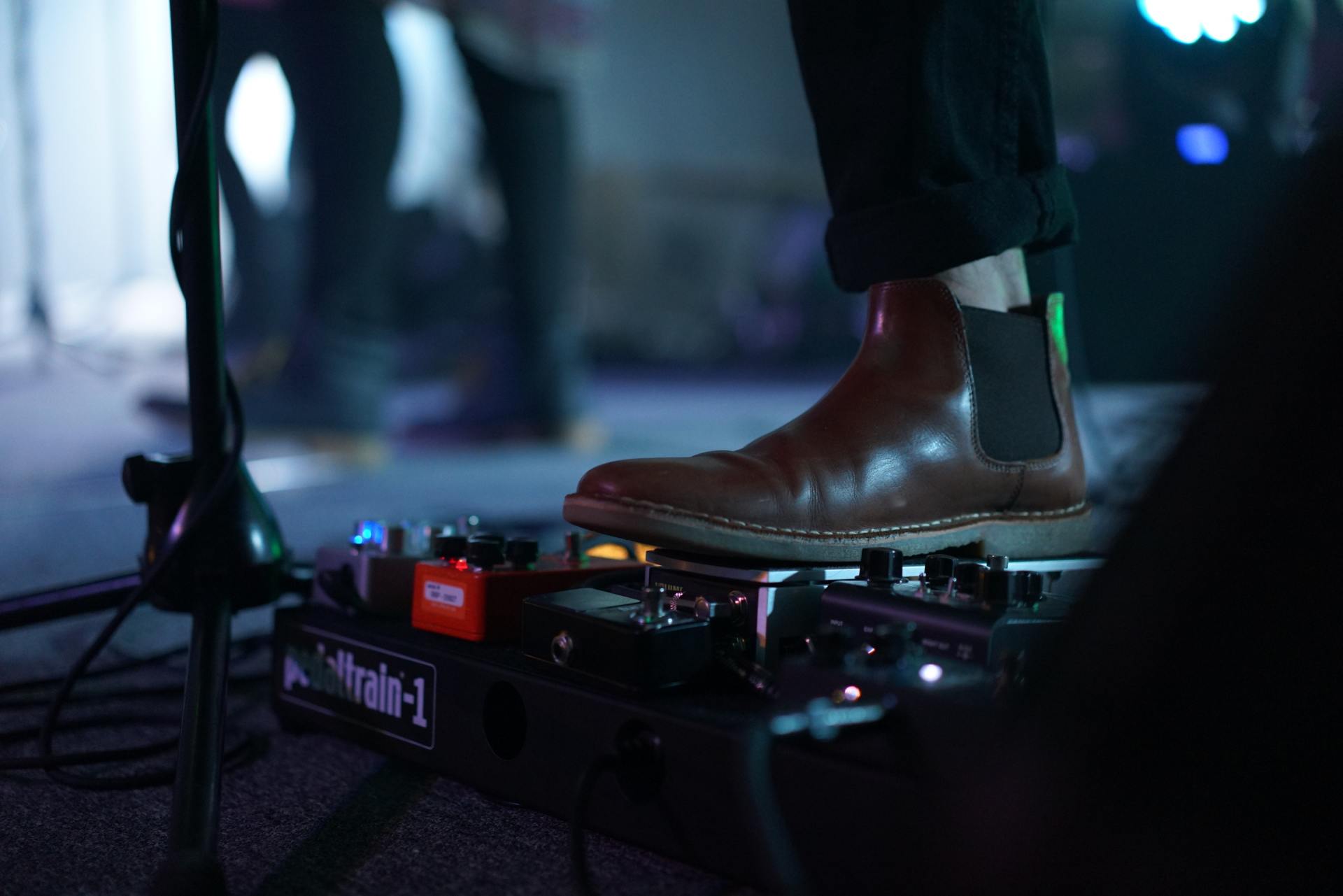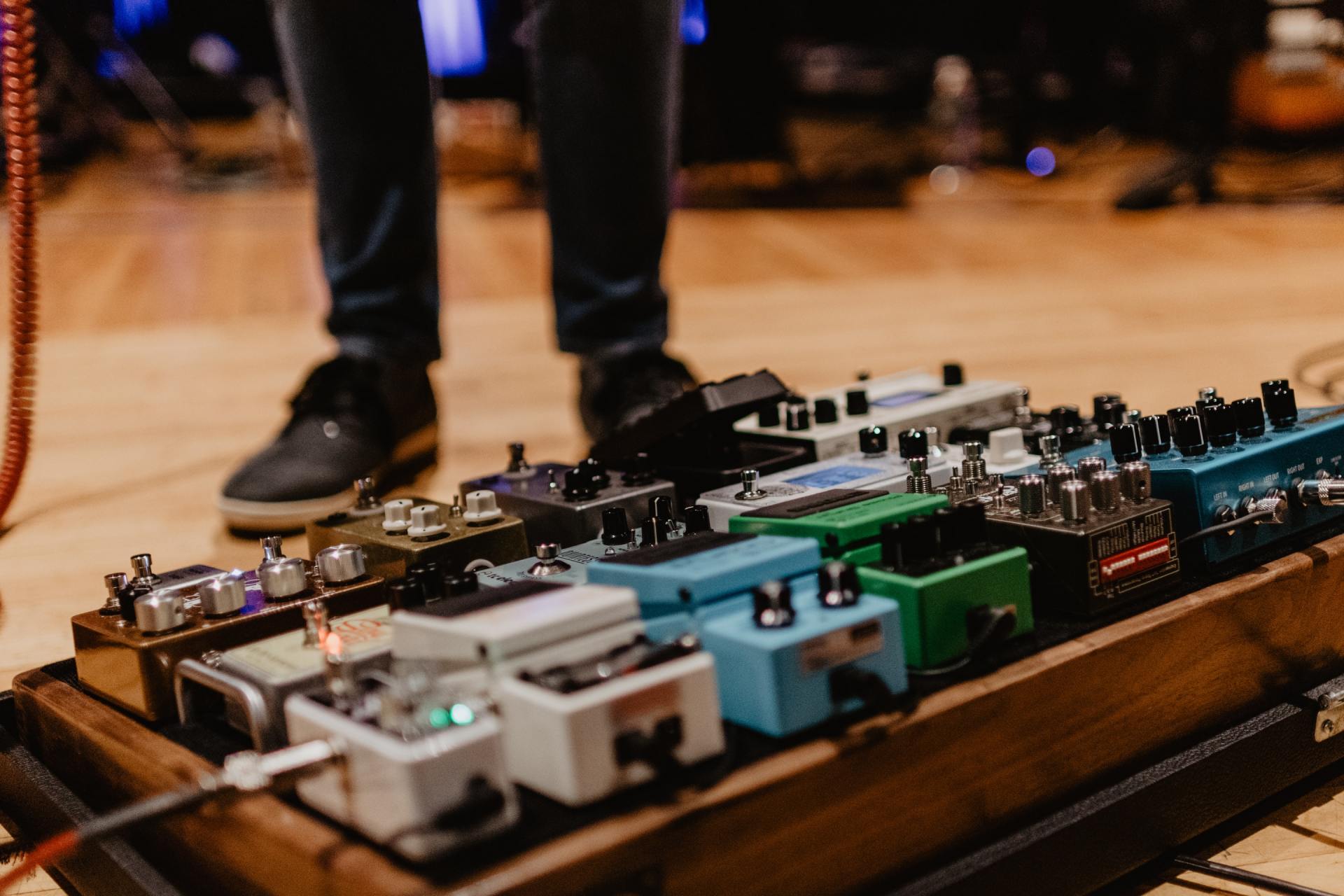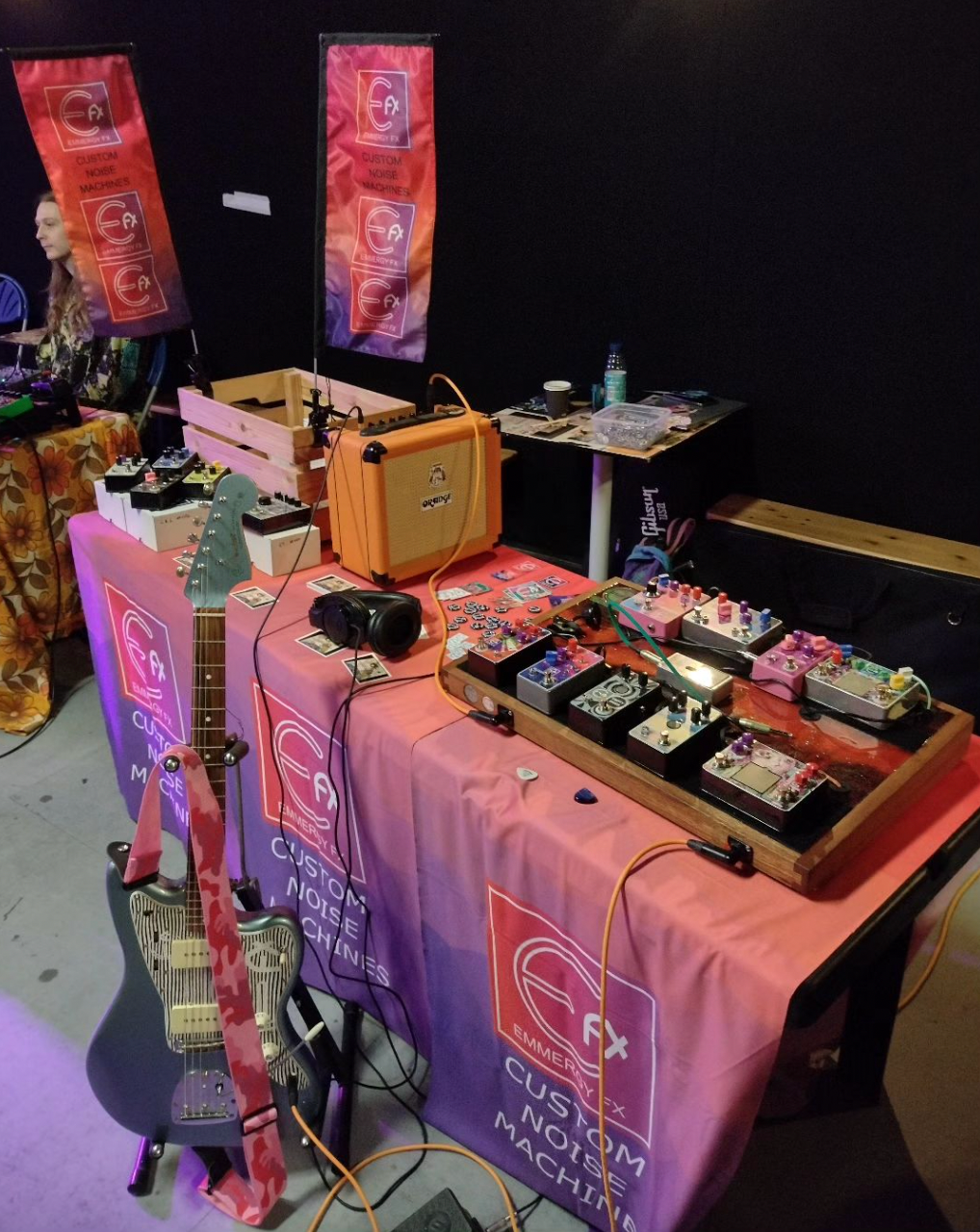Positive feedback
Feedback - wrestling the screeching banshee in your amplifier
If you've plugged a guitar into an amp and played at volume, you'll have experienced feedback, and most of the time it's best avoided, especially if you want to keep your hearing and keep the soundman on your side ... however, when used with skill it can be an effective part of your sound, as many guitarists have discovered.
What is guitar feedback?
Guitar feedback happens when your guitar, pickups, and strings begin to vibrate sympathetically as they react to to the sound waves coming from your amplifier. This then' feeds back' to the amp, and then, back to the guitar in an ever-increasing loop of eyeball-vibrating, eardrum-ripping noise. ... some people think this is a bad thing ...
What can you do to prevent it?
If you decide that feedback isn't for you, then how do you stop it from happening? Firstly, and simply, you could try turning down the gain. High guitar gain is the main reason for guitar feedback. Turn down the guitar and or amplifier volume - no one really likes to hear this advice, but you will achieve a more usable sound with a more sensible stage volume (having said that, when was rock n roll ever sensible?). You could also try turning down the treble, and increasing the bass, some guitars are more likely to lean towards the screechier side, and can be tamed with a little knob twiddle.
Choosing the type of guitar - for example, hollow body guitars can cause overwhelming amounts of feedback as the body is more likely to vibrate, even at lower volumes. This can be managed by blocking f-holes, or stuffing the body with sound absorbing materials such as rags.
Why you might want to keep it
Now we've spoken about how to stop feedback, the real question is, why would you want to? Creating sonic knives to throw out into the crowd is a thrilling experience, and one used to great effect by bands for decades, from The Jesus and Mary Chain, to Jimi Hendrix, The Who, and ... a million other rock bands getting over excited. When used correctly it adds to the sound, adds drama, and colour to the song, and brings a new level to live performance.
How do you achieve it
Do the opposite of the advice to prevent it .. turn up, stand near the amplifier, knob twiddle your bass and treble - even lean over your amp dramatically pushing the headstock onto the top to increase the vibration. All of this will create feedback. You can also get help from pedals that push your guitar to feedback levels, and some that simulate that sound so that you have more control.
Who did it first?
Probably the first person to ever plug in an electric guitar and turned up the volume experienced feedback - but who was the first to record it? it's generally accepted that The Beatles have that claim with 'I feel fine', and there are examples of John Lennon practicing controlling the effect before the recording of the single. George Harrison even jokingly said 'we invented Jimi Hendrix'.
Listen for yourself
The Beatles - I feel fine






